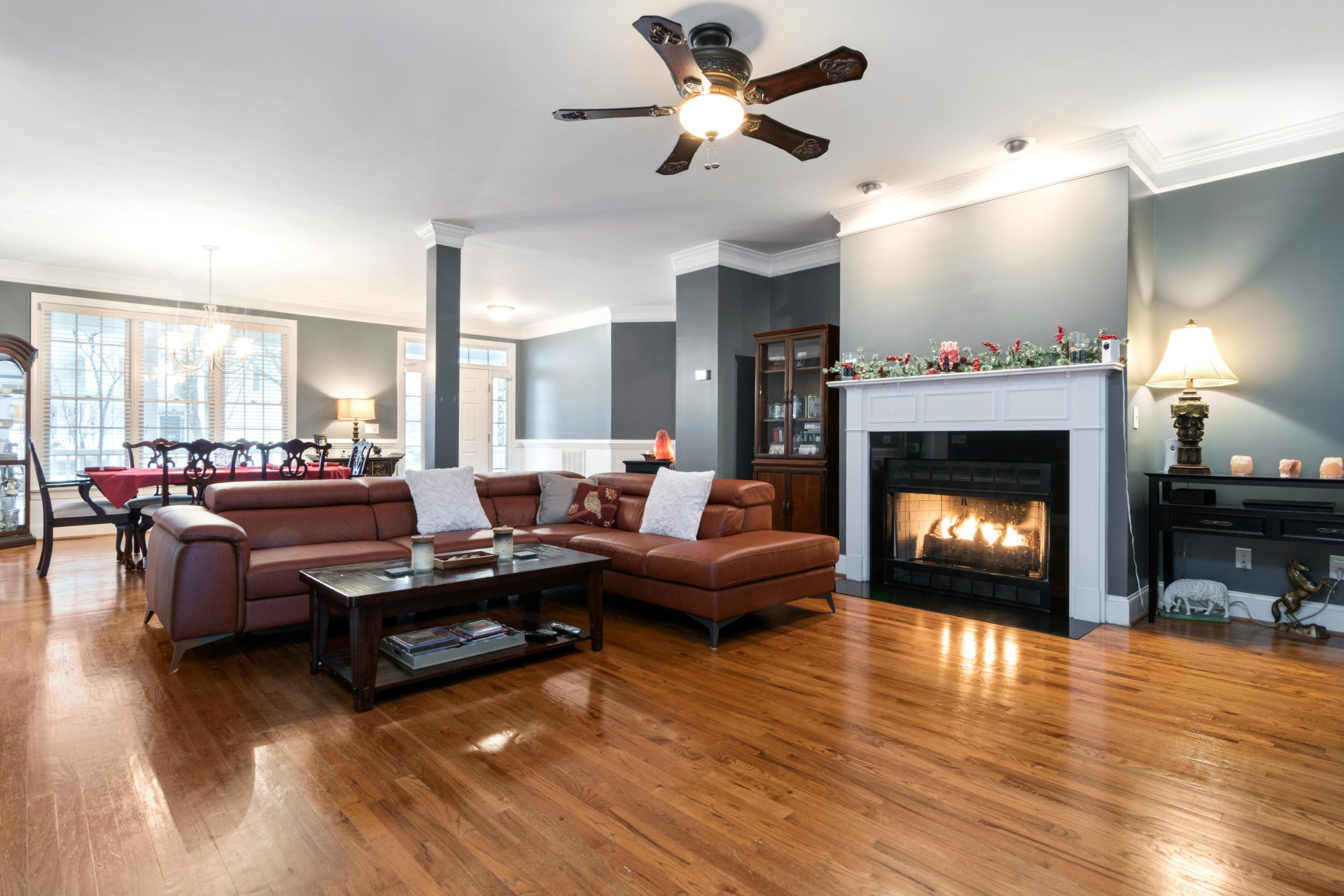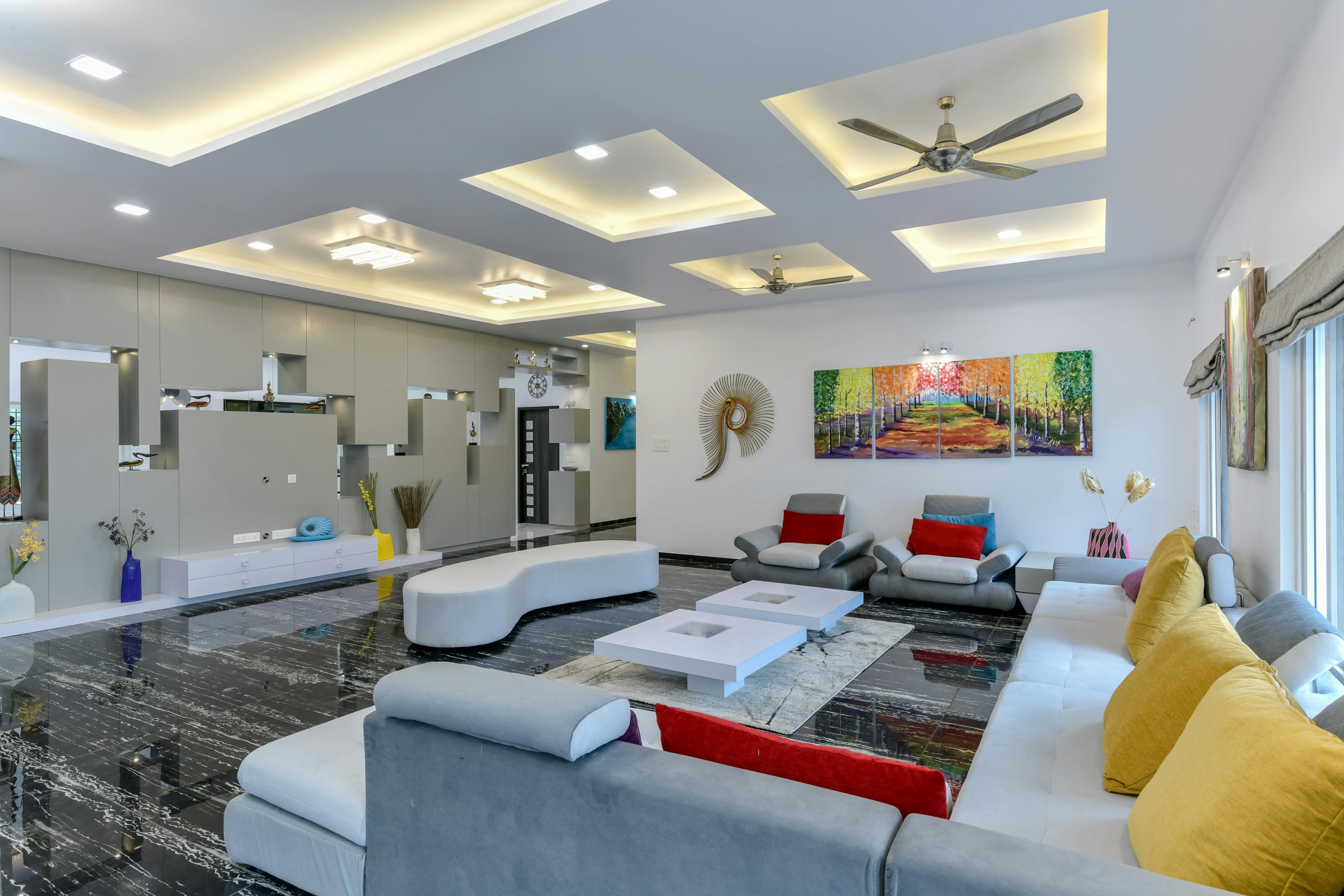Interior Design Spaces in Retail
Though most consumers shop online these days, there is still a large segment of people who prefer visiting retail stores to fulfil their shopping desires. When the store is well-lit and provides a warm, inviting atmosphere, customers instantly get attracted to the products. Our eyes follow light. Did you know? Eighty percent of our sensory impressions come through light. Thus, it goes without saying that commercial and showroom lighting needs utmost planning, attention and thought. In interior design, lighting is an essential design concept. It brings a sense of versatility and mood to interior spaces. Lighting not just provides an exceptional user experience but also enhances architectural design. Whether it’s a residential or commercial space, lighting has an important role to play. If you’re overlooking it, your sales may be hit.
For several years, interior designers only had spotlights in retail stores. Then came the concept of light layering.
What is Light Layering?
As the name implies, light layering refers to different layers of light. In any retail space, no single source of lighting can completely illuminate a room. Hence, interior designers started implementing different lighting sources that would create a mood and ambiance in a room. The lights are usually placed based on their degree of importance. Each layer is functional and has some visual goals to meet. When we collectively view a light layer, it establishes a balanced appeal. It’s important to remember that when it comes to layered lighting, striking the right balance is key so that the customer does not feel overwhelmed. The purpose of light layering is both functionality and aesthetics.
Benefits of Light Layering in Interior Design
Enhanced ambiance
Lighting layers contribute to the overall ambiance of the room. If an interior designer wants to create various moods in a retail store, they can combine ambient, task and accent lighting. For this reason, even fitting rooms these days have mood lighting. Based on the outfit, the customer can easily change the switch to see how it would look in day and night light. Subtle, accent lighting creates a cosy ambiance whereas bright task light creates a more energetic and productive environment.
Highlights Products in Retail
In any retail outlet, lighting is used to emphasize the features and qualities of the products on display. With effective lighting, the fabrics can appear more luxurious and the colours more vivid. No customer is likely to shop from a dim, poorly lit space. Lighting plays an important role in their purchasing decisions. When accent lighting is properly directed, it can create a focal point which further creates a sense of drama.
Offers Flexibility & Adaptability
Layered lighting is highly adaptable. This doesn’t mean you need to use all the lighting in a space at once. Lighting in any retail space can be adjusted according to needs and preferences. For instance, during the day if there is ample natural light, only turning on the accent and task lighting may be enough. In the evening, add ambient lighting to provide ample illumination for specific tasks or for customers to see the products clearly.
Aids in Energy Efficiency
Layered lighting isn’t just a smart move but also aids in energy efficiency. When you have the flexibility to use specific lighting, unnecessary lighting can be avoided. Dimmers and smart lighting are energy efficient. This considerably reduces a store’s energy consumption and significantly impacts the electricity bills.
Guides Customer Flow
We cannot underestimate the role of lighting in guiding customer flow. Strategically designed and placed lighting acts as a silent salesperson. When certain areas within a retail space are illuminated, customers can find their way around on their own. You can even guide the flow of foot traffic. This will encourage customers to explore different sections within a store. When customers can discover a broad range of products, this can potentially lead to more sales.
Different Types of Light Layering
The base layer: Ambient lighting
Ambient lighting is usually considered the base layer. It is general lighting that illuminates the entire room. Downlights are used in this layer. The colour of the light should reflect the mood and purpose of the space. These lights have low contrast and thus they enable seamless visual recognition.
Focal Point: Task lighting
Task lighting enhances the look and feel of a retail space. Consider it the hero of productivity. As the name implies, task lighting offers enhanced illumination for specific activities. Table lamps, adjustable desk lamps and under-cabinet lights come under task lighting. These fixtures eliminate shadows and direct light where it is needed the most. Task lighting creates an optimal and balanced approach.
Creating Drama: Accent lighting
In any interior space, it’s important to create a sense of drama using lighting. Accent lighting also adds depth and visual interest to a space. Its main purpose is to highlight different elements such as artwork, décor, etc. Accent lighting adds a touch of elegance. Track lighting, wall sconces and picture lights are used for this purpose. When it comes to accent lighting, experiment with different angles and intensities.
Wrapping Up
Layered lighting in interior design can convert any retail space into a visually-pleasing unit. It’s surely a transformative technique that can elevate any space from ordinary to extraordinary. In your retail outlet, if you want to set the mood through lighting, consider adjusting colour temperature, use dimmers, and implement lighting control systems. All interior design and decoration courses also teach students about lighting and layering. When light balances aesthetic and functionality, you will be able to deliver an amazing experience to your customers.




